Anniversary of the coronation of Canada’s Queen: Two Senate portraits celebrate her reign

When she ascended the throne in London’s Westminster Abbey on June 2, 1953, Queen Elizabeth II had already been Sovereign for over a year. Her coronation – the first to be televised – did not mark the beginning of her reign but it did provide the solemnity, ceremony and religious seal of approval that formalized it.
Held after a respectful period of mourning for her father, King George VI, it was a chance for citizens of the Commonwealth of Nations, including Canada, to celebrate their young Queen with a magnificent ceremony that culminated in her being crowned before taking her place on the throne.
“Very pretty, shy, stiff in pose.”
An entry in portraitist Lilias Torrance Newton’s diary recounts her first meeting with the Queen on March 14, 1957.
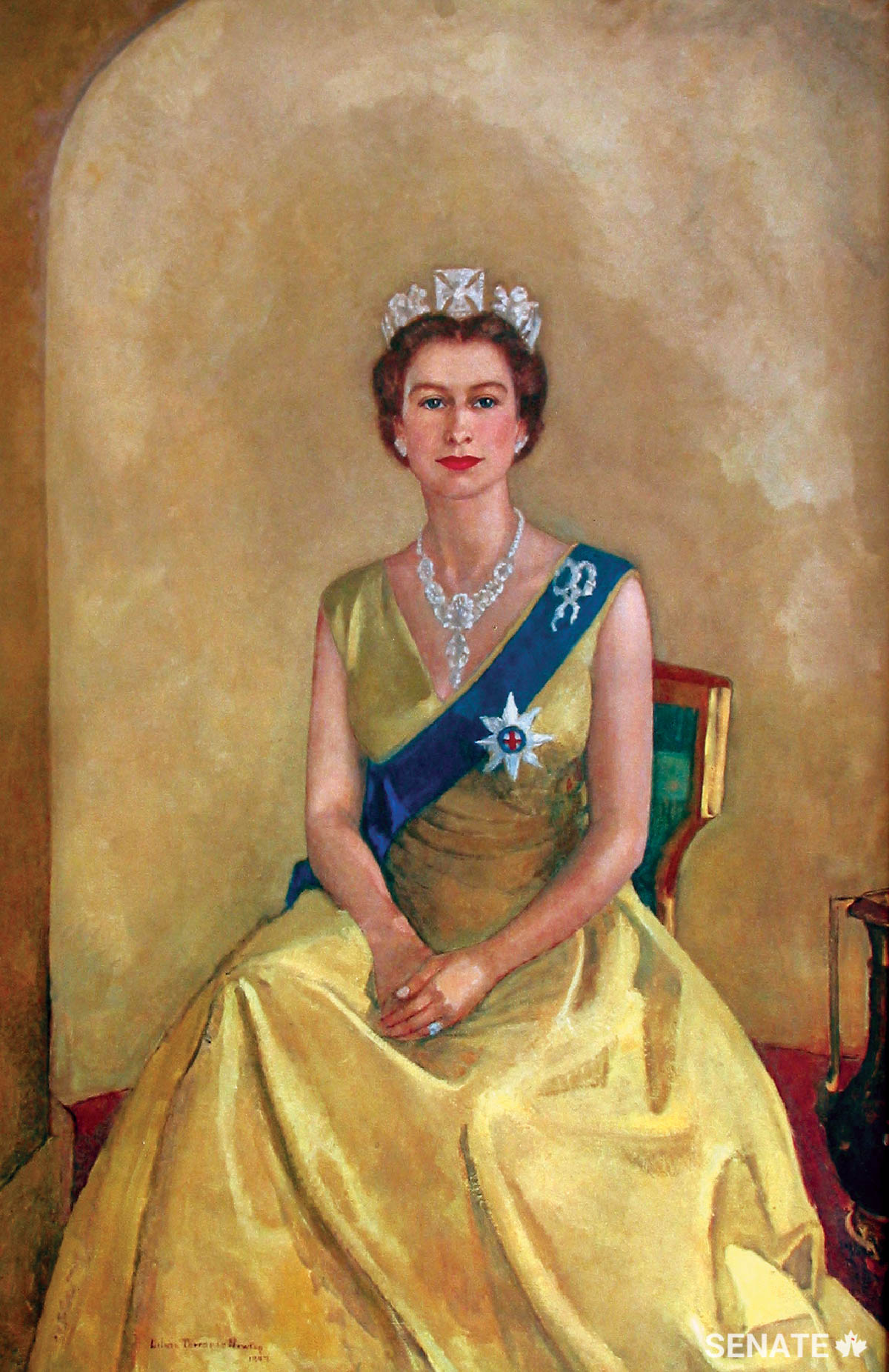
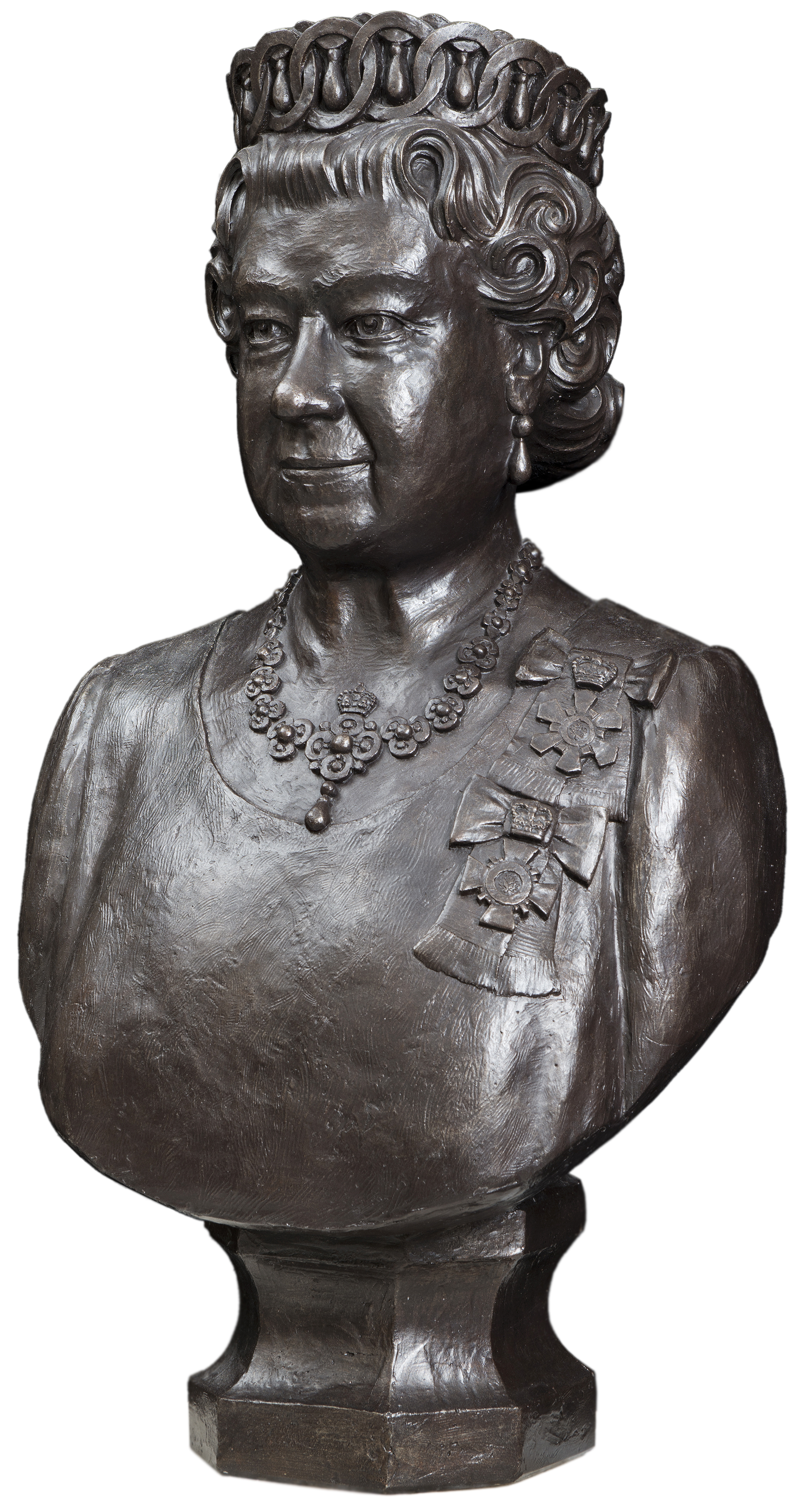
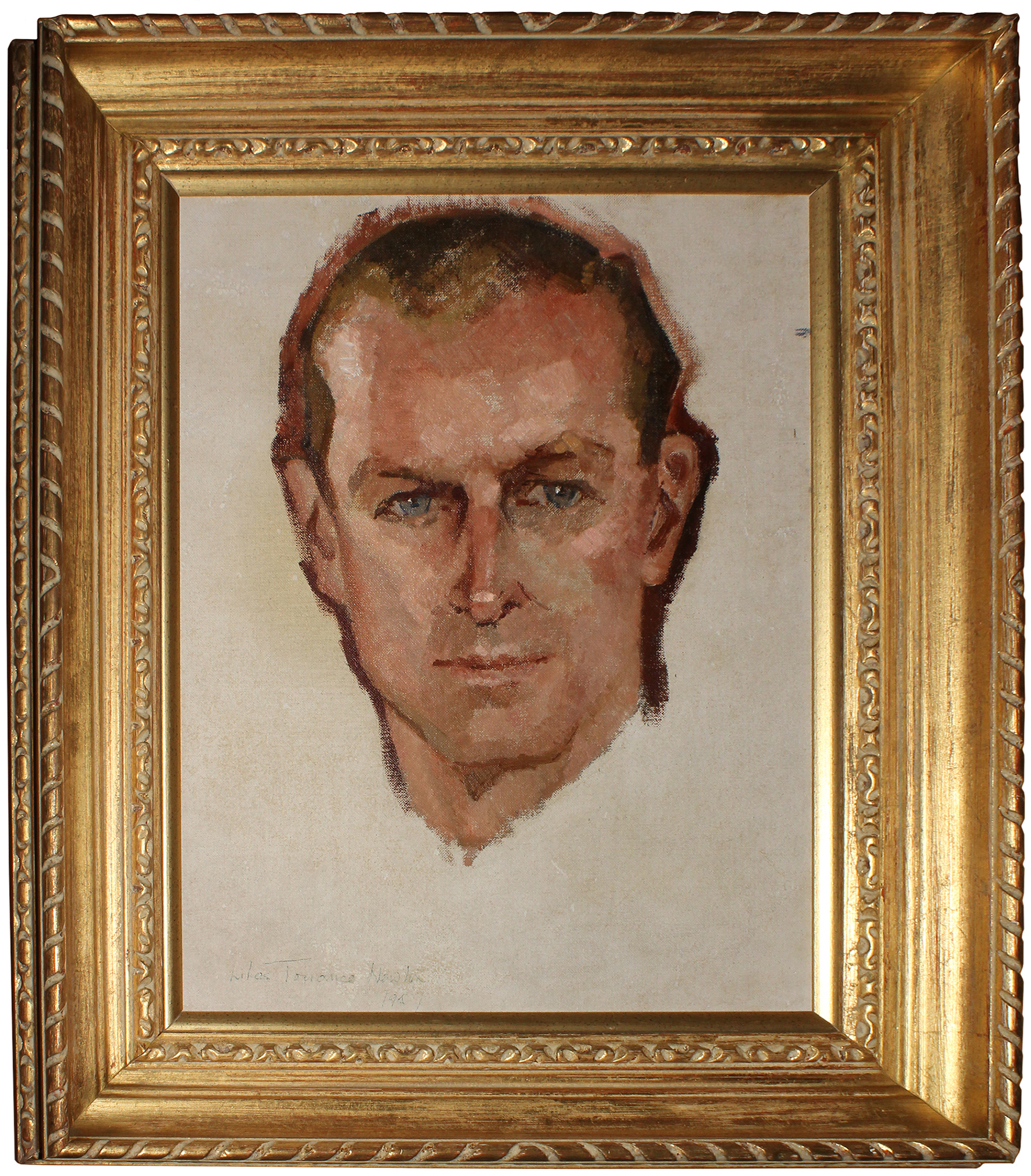
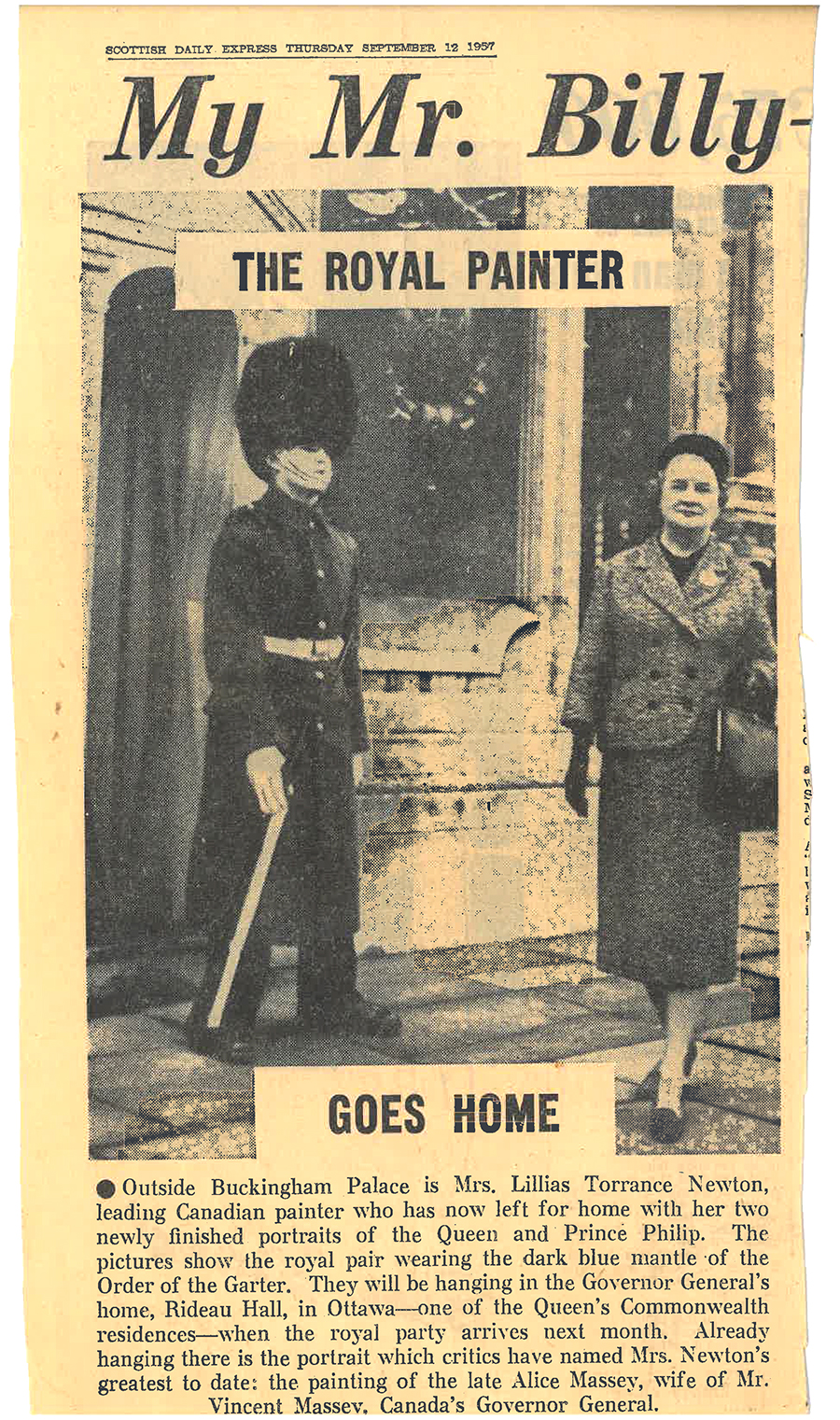
An estimated 277 million people worldwide watched as Elizabeth solemnly promised and swore “to govern the People of the United Kingdom of Great Britain and Northern Ireland, Canada, Australia, New Zealand, the Union of South Africa, Pakistan and Ceylon.”
More than six decades later, there are many reasons to be grateful for our indomitable Queen. As Canada’s head of state, head of the 53-member Commonwealth of Nations and the longest-reigning monarch in British and Commonwealth history, Queen Elizabeth II is a pillar of stability in an increasingly uncertain world.
The Queen has always identified closely with Canada. She has made 22 official royal tours since her accession to the throne and has presided over some of the country’s most significant milestones, including its centennial celebrations in 1967, the opening of the Montreal Olympics in 1976 and the patriation of Canada’s constitution in 1982.
When the Queen was born in 1926, Britain and Canada were basking in economic good times. But there were clouds on the horizon — fascism was on the rise in Italy and Germany and a global economic collapse was just three years off.
By 1952, when she succeeded her father, King George VI, Britain and Canada were slowly recovering after the Second World War. Rationing was ending in Britain. Standards of living were on the rise. Women were fighting for equal rights and would be admitted into Britain’s House of Lords within a year.
Canada was establishing itself as a technological leader and was about to unveil the Avro CF-105 Arrow, the most advanced fighter jet of its time. The St. Lawrence Seaway, an engineering marvel, would jump-start the country’s overseas trade.
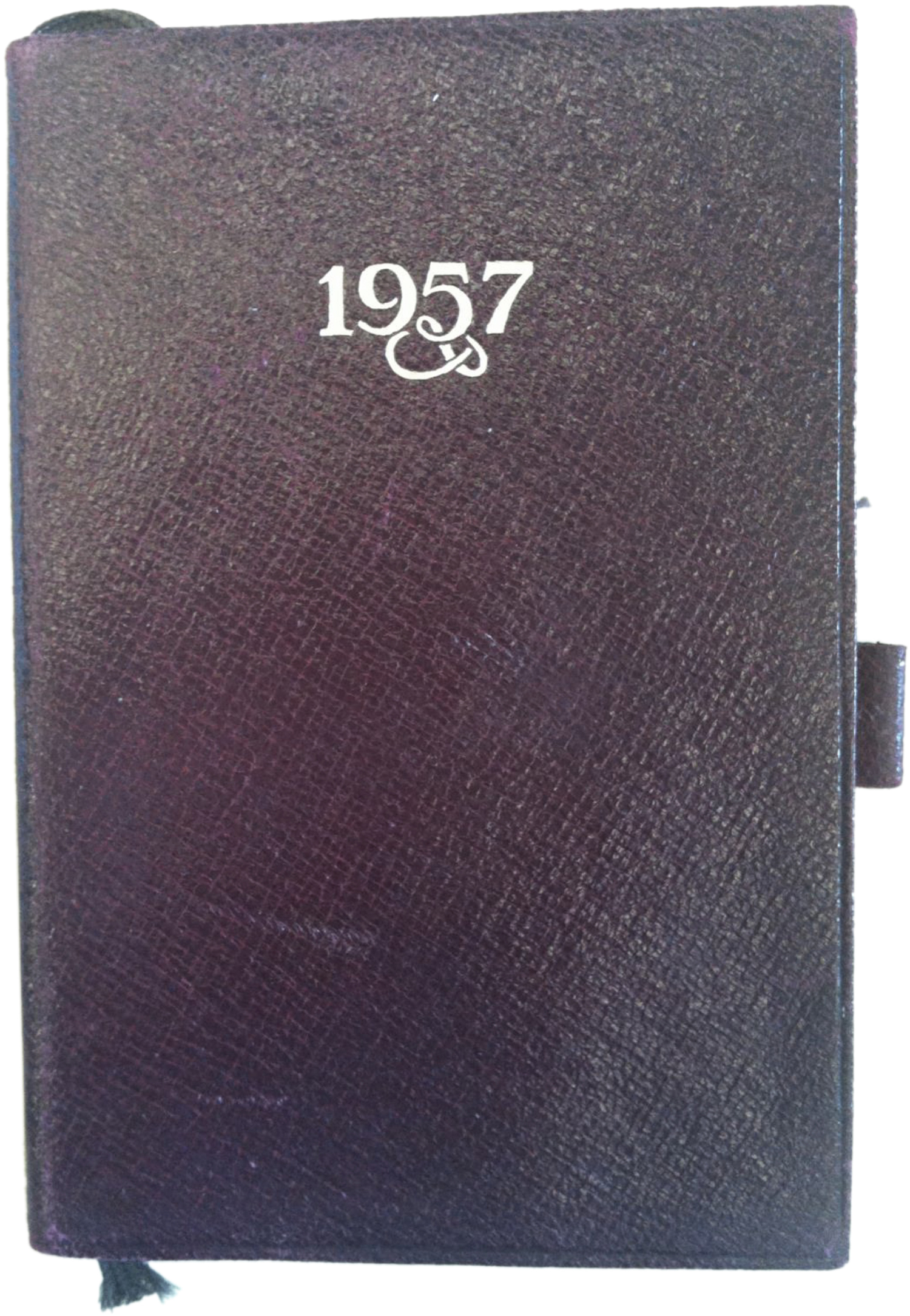
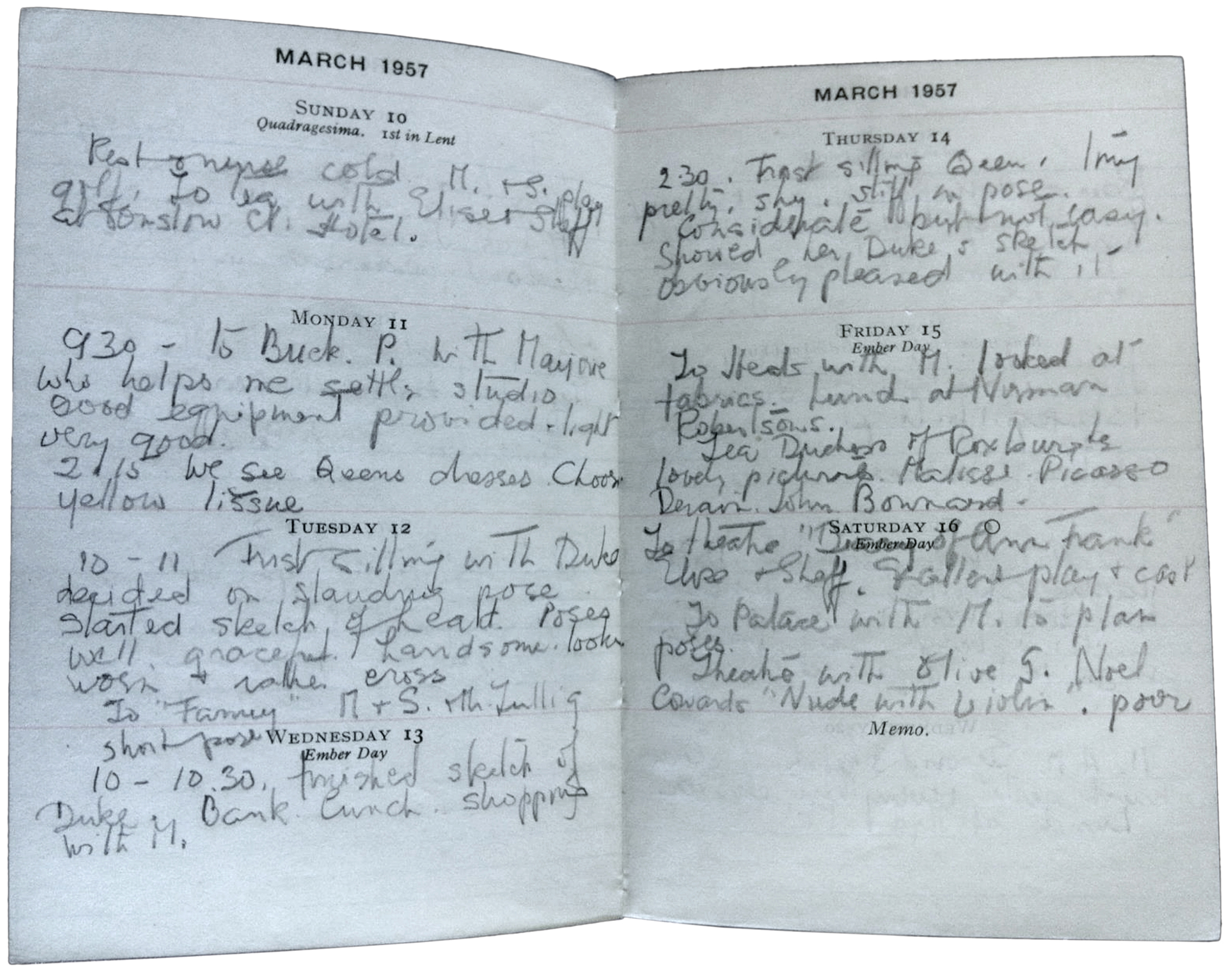
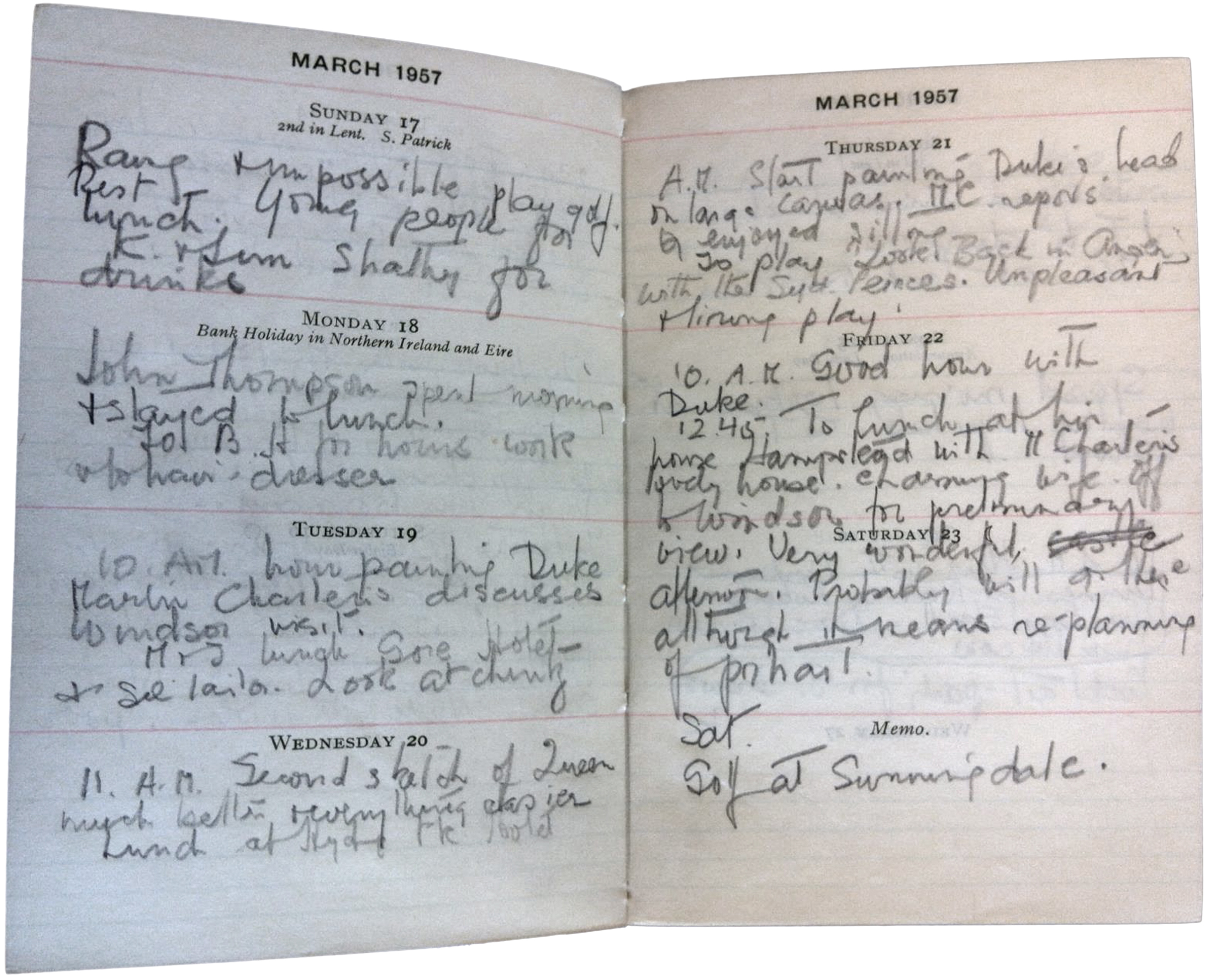
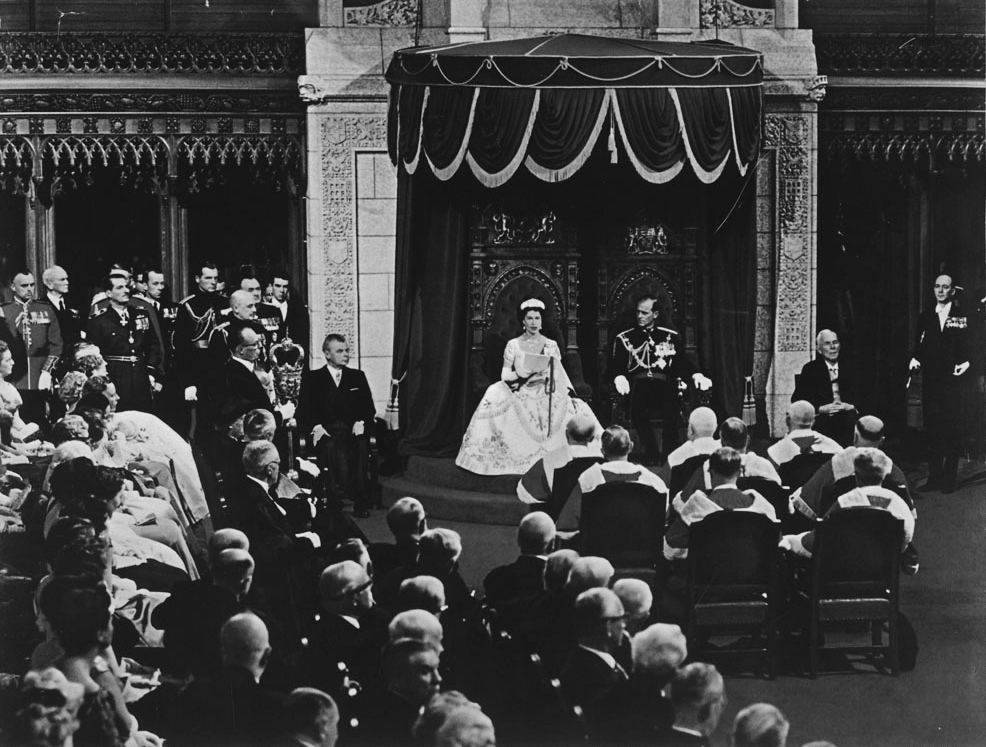

Montreal artist Lilias Torrance Newton’s 1957 portrait of Queen Elizabeth II, which hangs in the Senate of Canada Building, captures the Queen at this promising moment, just five years into her reign.
The portraitist, one of Canada’s most respected painters and a founding member of both the Beaver Hall Group and the Canadian Group of Painters, broke new ground for Canadian women artists in the post-war period. She kept a detailed diary of her visits to Buckingham Palace to sketch the Queen and Prince Philip in March 1957. The diary, now in the collection of the National Gallery of Canada, offers a glimpse into the artist’s creative process and into the lives of the young royals.
Newton spent a month in Europe, studying the art collections of Madrid’s Prado Museum and Britain’s National Gallery. She paid a visit to one of her heroes, British portraitist Edward Halliday, in his London studio and gleaned valuable advice about how to tackle the daunting royal-portrait commission ahead. Evenings were taken up with society dinners and theatre excursions in London’s West End, but Newton devoted long days to making preparatory studies for the royal portraits.
Martin Charteris, the Queen’s assistant private secretary, scheduled a total of eight private sittings with the Queen and Prince Philip, the Duke of Edinburgh. Over the course of two weeks, Newton completed an oil portrait of Prince Philip that now hangs in the Reading Room in the Senate of Canada Building and sketched both Queen Elizabeth II and Prince Philip for large-format portraits that are part of the National Capital Commission’s Official Residences Crown Collection and on loan to the Senate.
Queen Elizabeth II’s is one of the few royal portraits that made the move from Parliament Hill’s Centre Block — now closed for a rehabilitation project expected to last at least 10 years — to the new Senate of Canada Building. The painting will soon be joined by a bronze portrait bust, created for the Queen’s 2012 Diamond Jubilee.
“Poses well, graceful and handsome.”
The artist describes her first impressions of Prince Philip.
These two works — one created near the beginning of Queen Elizabeth II’s tenure, the second more than 50 years later— highlight a remarkable reign during which Canada thrived culturally and economically, joined the G7 group of advanced economies and became a significant contributor to UN peacekeeping missions. The Queen’s success has been Canada’s success and that’s something to celebrate on the 66th anniversary of her coronation.
Related articles
Tags
Committee news
Anniversary of the coronation of Canada’s Queen: Two Senate portraits celebrate her reign

When she ascended the throne in London’s Westminster Abbey on June 2, 1953, Queen Elizabeth II had already been Sovereign for over a year. Her coronation – the first to be televised – did not mark the beginning of her reign but it did provide the solemnity, ceremony and religious seal of approval that formalized it.
Held after a respectful period of mourning for her father, King George VI, it was a chance for citizens of the Commonwealth of Nations, including Canada, to celebrate their young Queen with a magnificent ceremony that culminated in her being crowned before taking her place on the throne.
“Very pretty, shy, stiff in pose.”
An entry in portraitist Lilias Torrance Newton’s diary recounts her first meeting with the Queen on March 14, 1957.




An estimated 277 million people worldwide watched as Elizabeth solemnly promised and swore “to govern the People of the United Kingdom of Great Britain and Northern Ireland, Canada, Australia, New Zealand, the Union of South Africa, Pakistan and Ceylon.”
More than six decades later, there are many reasons to be grateful for our indomitable Queen. As Canada’s head of state, head of the 53-member Commonwealth of Nations and the longest-reigning monarch in British and Commonwealth history, Queen Elizabeth II is a pillar of stability in an increasingly uncertain world.
The Queen has always identified closely with Canada. She has made 22 official royal tours since her accession to the throne and has presided over some of the country’s most significant milestones, including its centennial celebrations in 1967, the opening of the Montreal Olympics in 1976 and the patriation of Canada’s constitution in 1982.
When the Queen was born in 1926, Britain and Canada were basking in economic good times. But there were clouds on the horizon — fascism was on the rise in Italy and Germany and a global economic collapse was just three years off.
By 1952, when she succeeded her father, King George VI, Britain and Canada were slowly recovering after the Second World War. Rationing was ending in Britain. Standards of living were on the rise. Women were fighting for equal rights and would be admitted into Britain’s House of Lords within a year.
Canada was establishing itself as a technological leader and was about to unveil the Avro CF-105 Arrow, the most advanced fighter jet of its time. The St. Lawrence Seaway, an engineering marvel, would jump-start the country’s overseas trade.





Montreal artist Lilias Torrance Newton’s 1957 portrait of Queen Elizabeth II, which hangs in the Senate of Canada Building, captures the Queen at this promising moment, just five years into her reign.
The portraitist, one of Canada’s most respected painters and a founding member of both the Beaver Hall Group and the Canadian Group of Painters, broke new ground for Canadian women artists in the post-war period. She kept a detailed diary of her visits to Buckingham Palace to sketch the Queen and Prince Philip in March 1957. The diary, now in the collection of the National Gallery of Canada, offers a glimpse into the artist’s creative process and into the lives of the young royals.
Newton spent a month in Europe, studying the art collections of Madrid’s Prado Museum and Britain’s National Gallery. She paid a visit to one of her heroes, British portraitist Edward Halliday, in his London studio and gleaned valuable advice about how to tackle the daunting royal-portrait commission ahead. Evenings were taken up with society dinners and theatre excursions in London’s West End, but Newton devoted long days to making preparatory studies for the royal portraits.
Martin Charteris, the Queen’s assistant private secretary, scheduled a total of eight private sittings with the Queen and Prince Philip, the Duke of Edinburgh. Over the course of two weeks, Newton completed an oil portrait of Prince Philip that now hangs in the Reading Room in the Senate of Canada Building and sketched both Queen Elizabeth II and Prince Philip for large-format portraits that are part of the National Capital Commission’s Official Residences Crown Collection and on loan to the Senate.
Queen Elizabeth II’s is one of the few royal portraits that made the move from Parliament Hill’s Centre Block — now closed for a rehabilitation project expected to last at least 10 years — to the new Senate of Canada Building. The painting will soon be joined by a bronze portrait bust, created for the Queen’s 2012 Diamond Jubilee.
“Poses well, graceful and handsome.”
The artist describes her first impressions of Prince Philip.
These two works — one created near the beginning of Queen Elizabeth II’s tenure, the second more than 50 years later— highlight a remarkable reign during which Canada thrived culturally and economically, joined the G7 group of advanced economies and became a significant contributor to UN peacekeeping missions. The Queen’s success has been Canada’s success and that’s something to celebrate on the 66th anniversary of her coronation.


